"Punching the Air" Is a New YA Book Inspired by the Lives of the Exonerated Five

Punching the Air is a YA novel-in-verse co-written by Ibi Zoboi and Dr. Yusef Salaam of the Exonerated Five.
Salaam's personal experiences as a wrongfully incarcerated teenager, previously explored in Ava DuVernay's When They See Us, inspired the novel.
The book opens when 16-year-old Amal, a budding poet and artist, is sentenced to a juvenile detention center. Read the excerpt below.
Over two decades ago, writer Ibi Zoboi met a man named Yusef Salaam in a classroom at Manhattan's Hunter College. Salaam, she learned that day, was a member of the Central Park Five—one of the five teenagers of color who, in 1989, were wrongfully sentenced to prison following a media scandal. He served nearly seven years for a crime for which he was eventually exonerated.
Thanks to Ava DuVernay's Emmy Award-winning Netflix series When They See Us and Ken Burns' documentary (not to mention a heartbreaking interview with Oprah), you may already be familiar with the travails of the Exonerated Five, as the five men are now known. But back when Zoboi met Salaam, the tale—from his perspective—hadn't been told to such a widespread degree. Though the boys' guilty verdict had led to over 400 media reports, their innocence had hardly pierced the public consciousness.
"I was a writer for the college newspaper, and I chased after him for a lead story," Zoboi recalls while speaking to OprahMag.com. Together, they walked from 68th Street to Harlem, all the way uptown before parting ways—though not forever.
Two decades after that first encounter, Zoboi and Salaam reconnected at a book festival, where Salaam was selling his self-published book of poems. Zoboi never got to write the profile about Salaam she had planned—but now, as the author of acclaimed YA books like American Street and Pride, she could use her specialty to tell his story in another format.
The result of their literary "meet cute" is the powerful novel-in-verse Punching the Air, out September 1 from Balzer + Bray. While Punching the Air doesn't tell Salaam's specific story, he sees much of himself in Amal, the novel's brilliant 16-year-old narrator. "The best way to talk about what Yusef calls 'the criminal system of injustice' was to create a fictional character that was inspired by him," Zoboi says.
The book opens on the day Amal is handed a guilty sentence following a playground fight gone awry. Torn from his loving mother, close friends, and budding career as a poet and artist, Amal has to navigate a cold, cruel ecosystem on his own, as Salaam did at the young age of 15—and then he waits for the truth to emerge.
Salaam mined his experiences to fuel the collaboration. "It was a bit traumatic, because in order to for me to have gone through what I've gone through, and to be as successful as I've been so far, I had to place all the trauma behind my back," Salaam, who has a thriving career as a speaker and a writer, says of revisiting his adolescence in prison. "It was liberating as well. There was an overwhelming sense of me getting something off my shoulders, and adding to the greater good."
According to Zoboi, Amal is heavily shaped from Salaam's own poems, teachings, and perspective as a young man. For example, Punching the Air's acrobatically clever verses reflect Amal and Salaam's shared love for hip-hop. "When they sentenced me, I got up and said this rhyme called, 'I Stand Accused.' I was talking about not only my case, but how unjust it was—the whole situation," Salaam recalls. That scene is mimicked in Amal's rap, delivered on the bus over to the juvenile detention center.
"We created a character who is aware—he knows what's happening to him and why. There are young people in the system who can connect all the dots. But that doesn't stop them from being part of the system. Knowing doesn't make you immune to prejudices," Zoboi says. "The main purpose of this book is to give young people a road map for what they're going through. I wanted to write a story about how one young man made it through."
Unfortunately, the book's theme is just as relevant today as it has been for years. Case in point? Salaam's case unfolded in 1989, and Punching the Air is set in the present day—and the circumstances remain plausible. However, Punching the Air arrives at a particularly opportune moment: Three months after protests demanding racial justice swept in coastal cities and suburban towns alike, in the wake of George Floyd's murder at the hands of policemen in Minneapolis.
When asked about the action she hopes Punching the Air inspires in readers, Zoboi supplies a quick response. "I want more funding for the arts for a young marginalized people in every corner of this country. It's so important for young people to have a creative outlet. Think about the role of the arts in channeling rage," Zoboi says.
Below, find an excerpt from the beginning of Punching the Air, a moment that occurs during Amal's sentencing. In the rest of the novel, find out how—and if–Amal makes it through.
Excerpted from PUNCHING THE AIR by Ibi Zoboi and Yusef Salaam, on sale September 1. Copyright © 2020 Ibi Zoboi and Yusef Salaam. Reprinted with permission of HarperCollins Children’s Books.
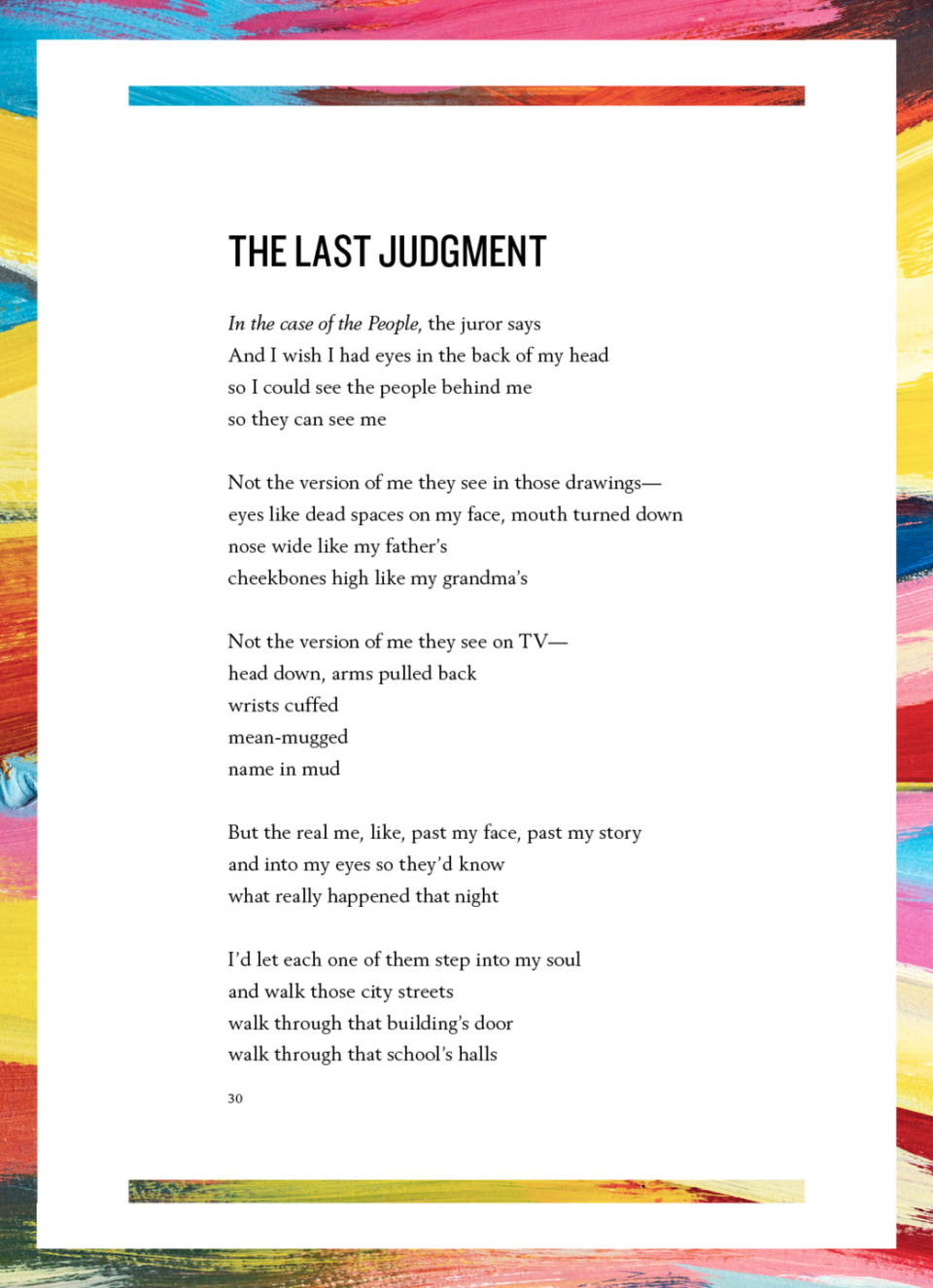
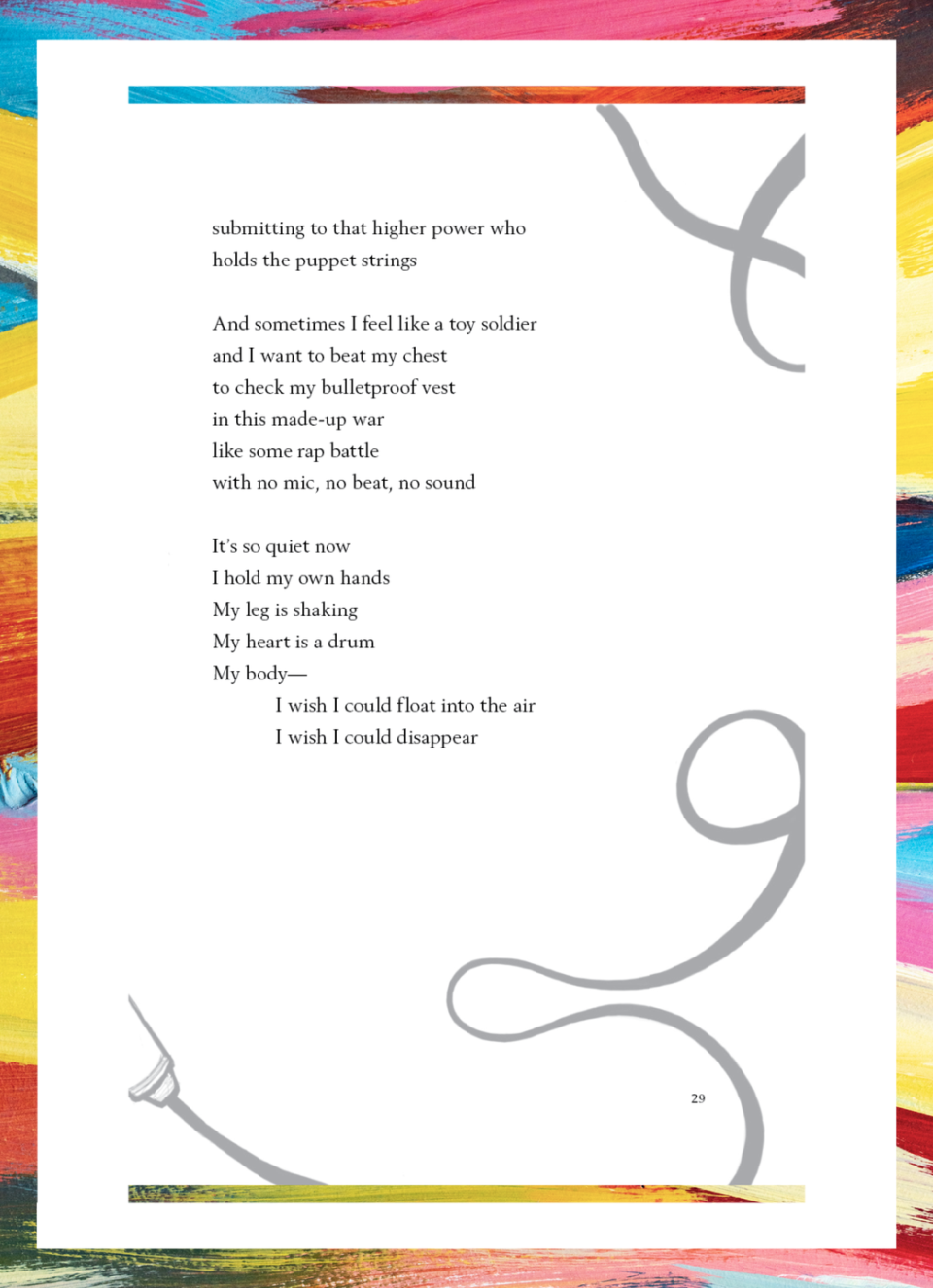
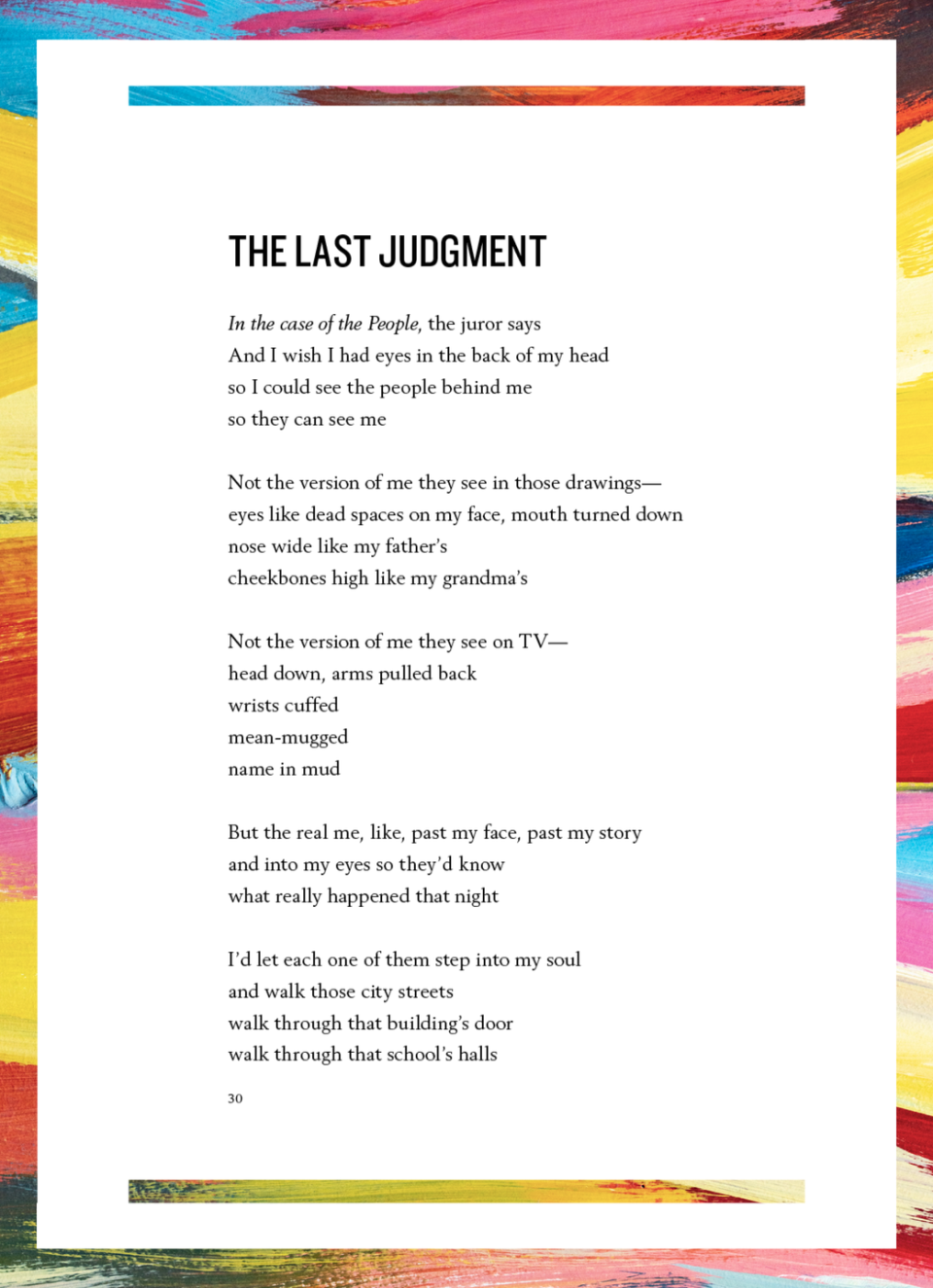

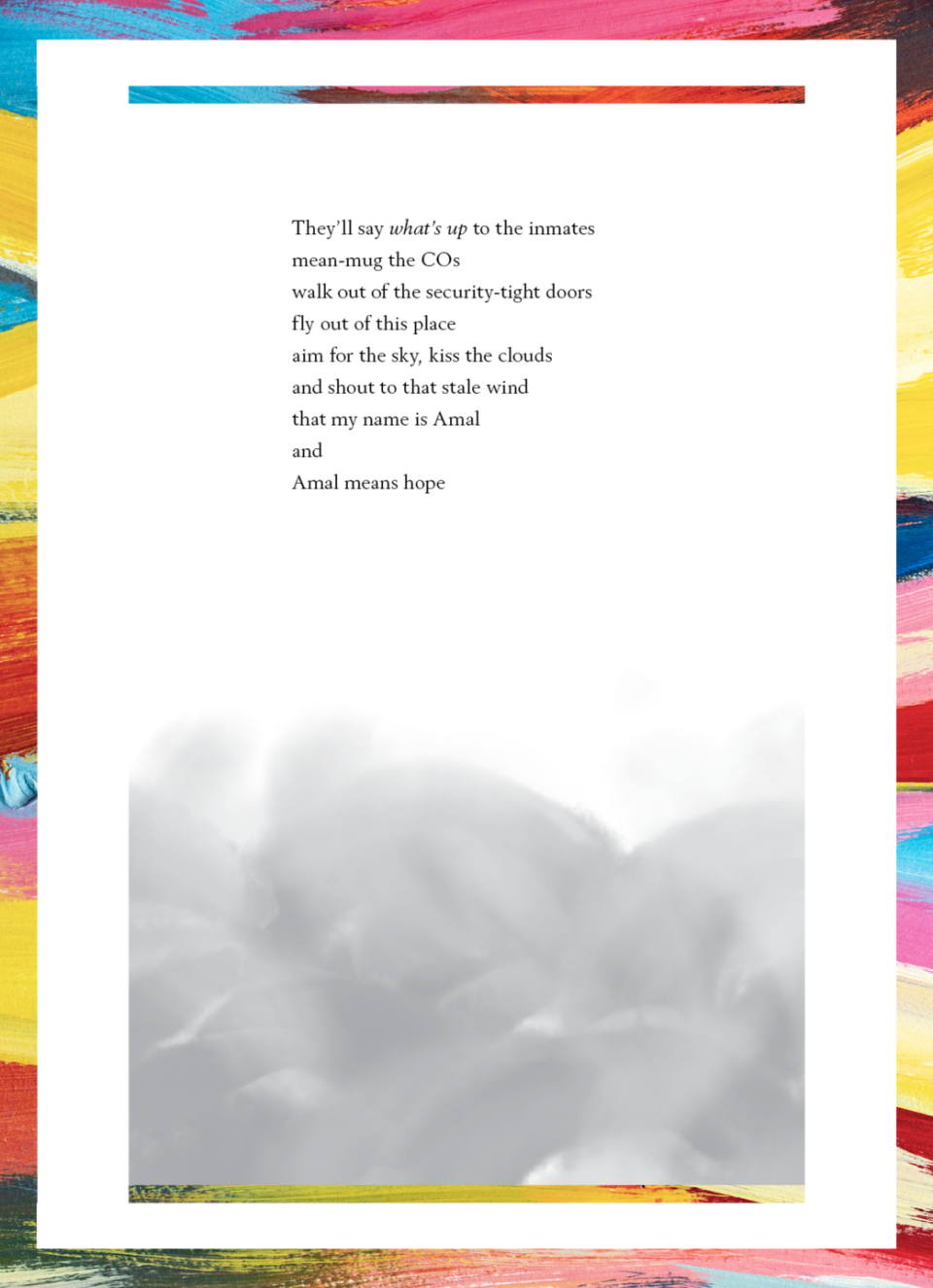
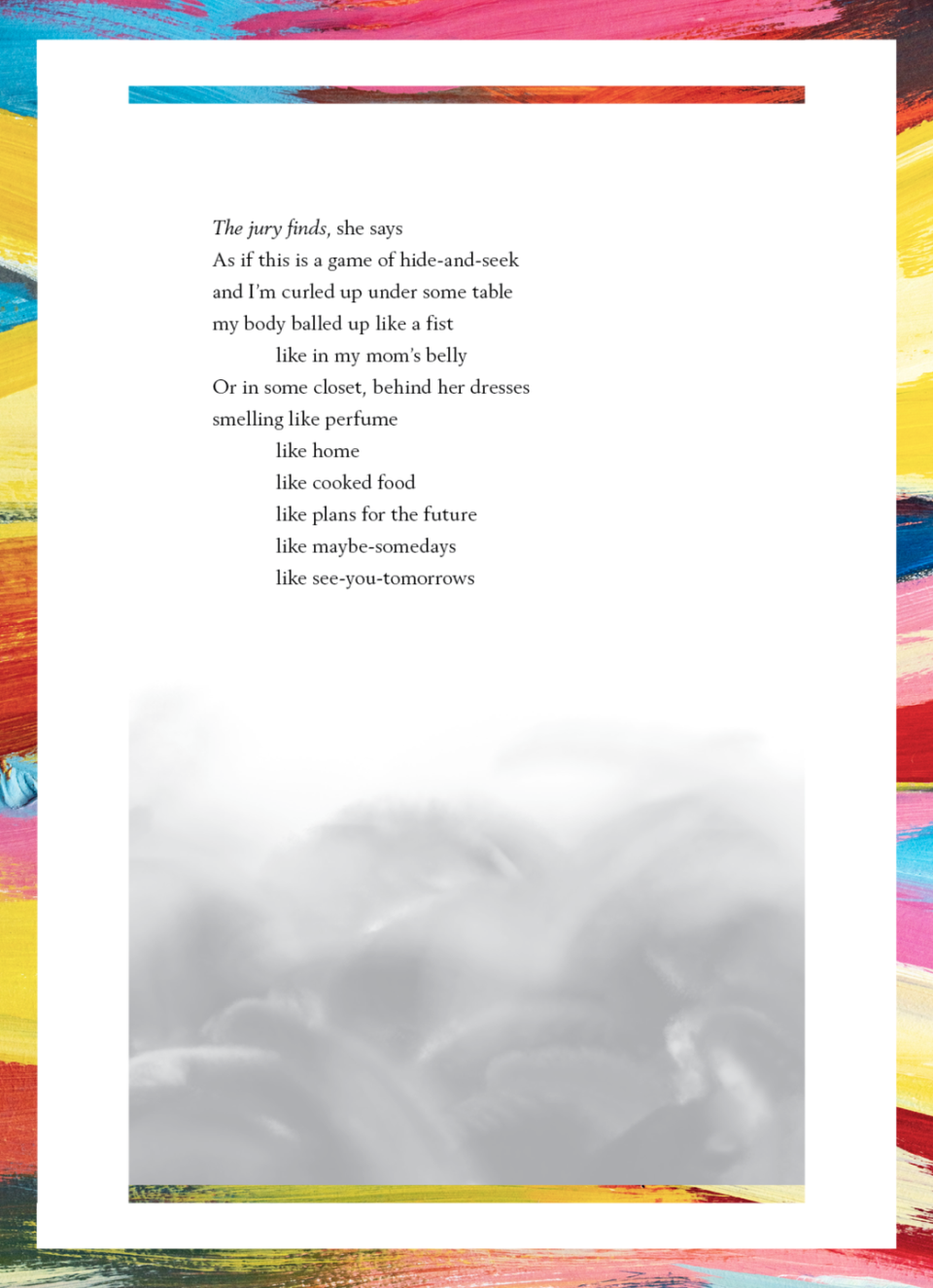

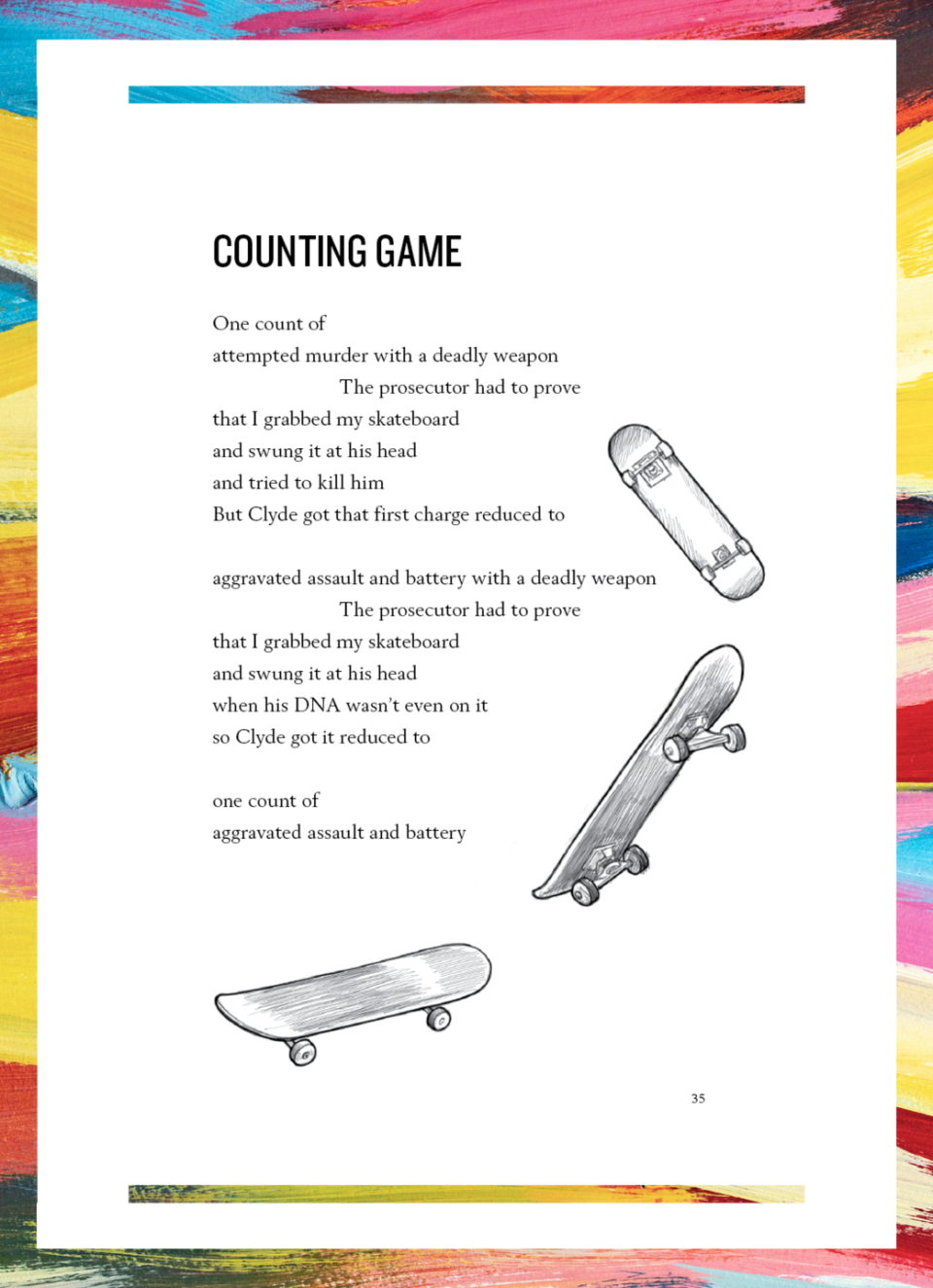
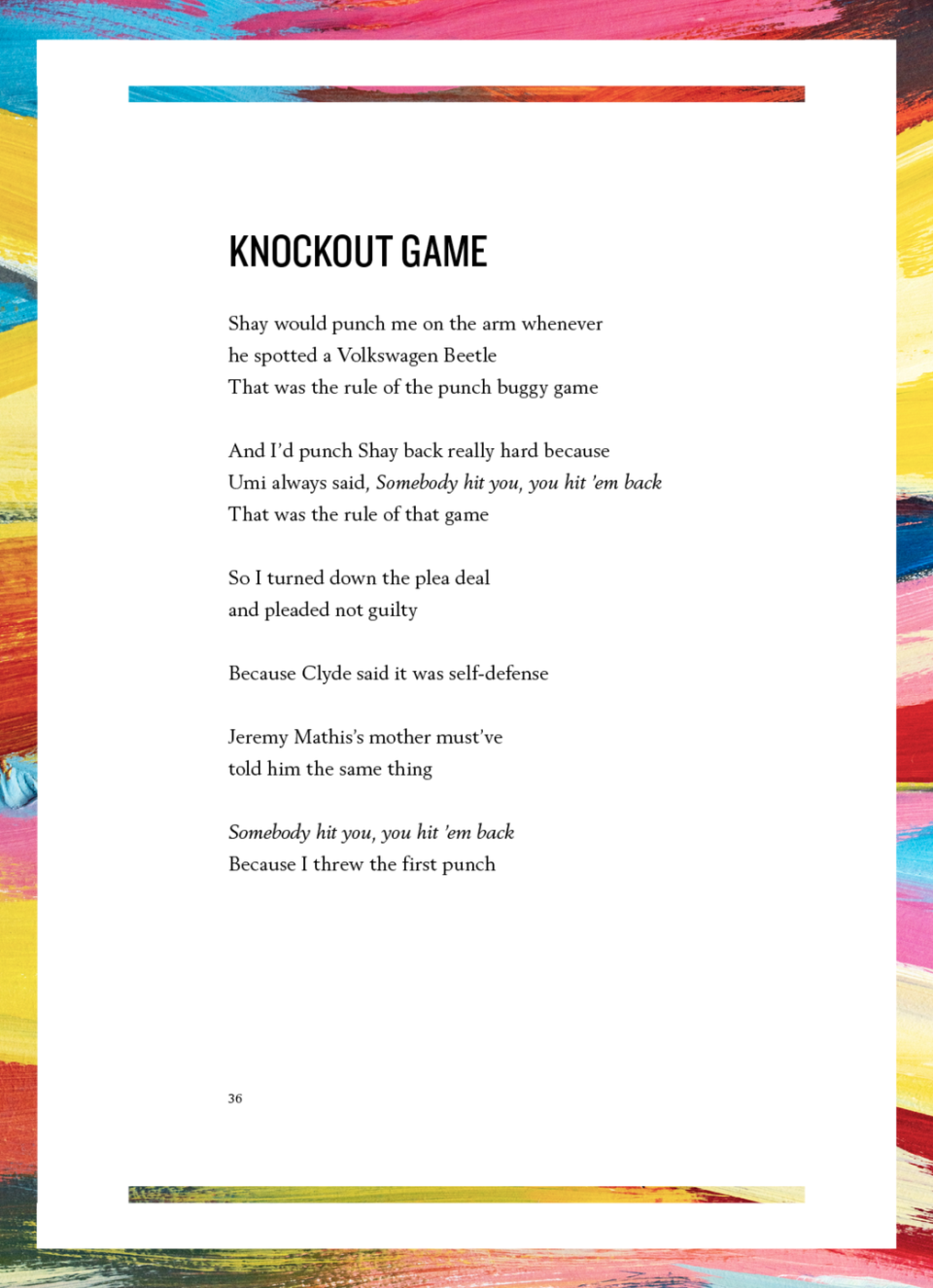

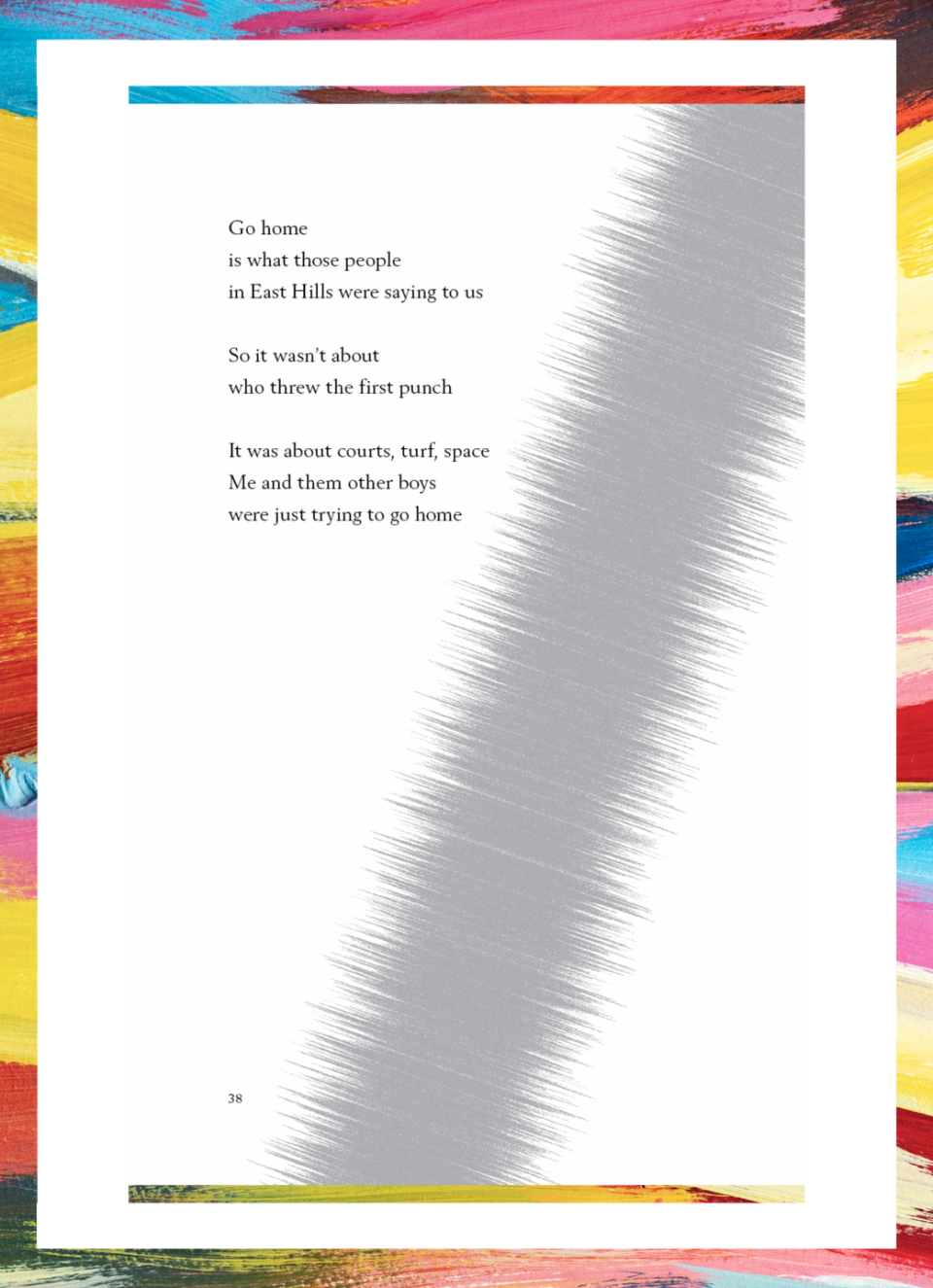



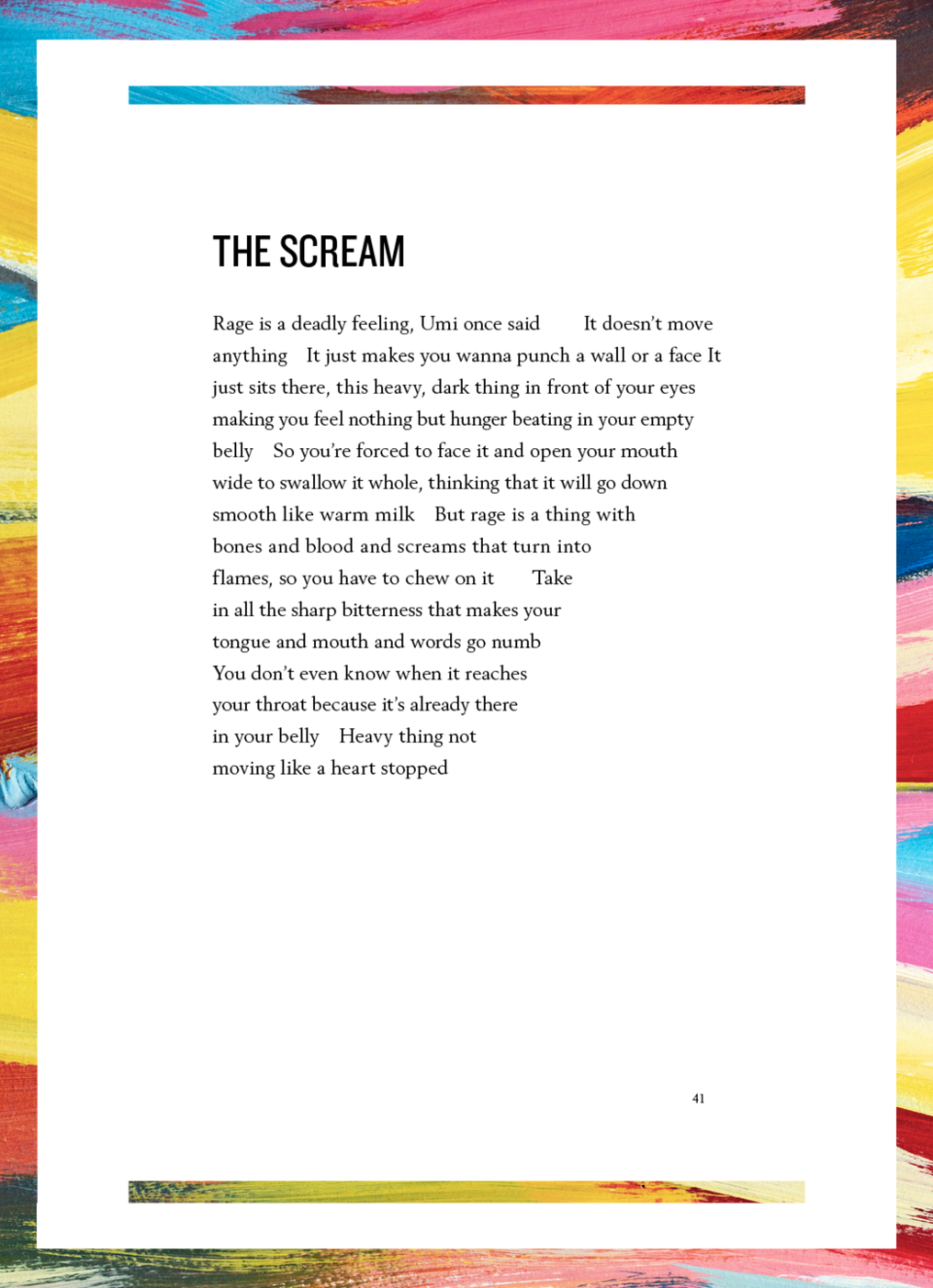
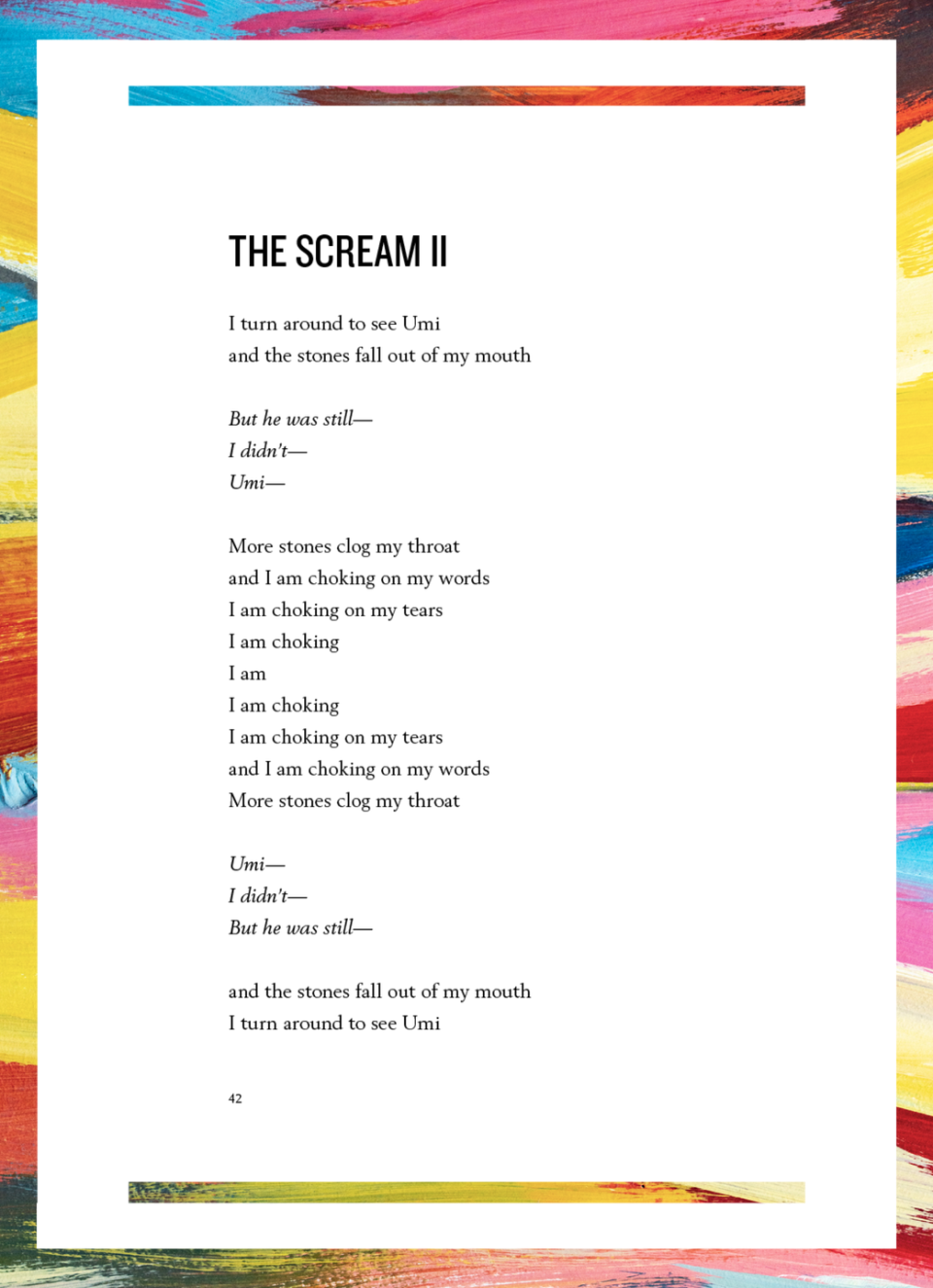
For more stories like this, sign up for our newsletter.
You Might Also Like

